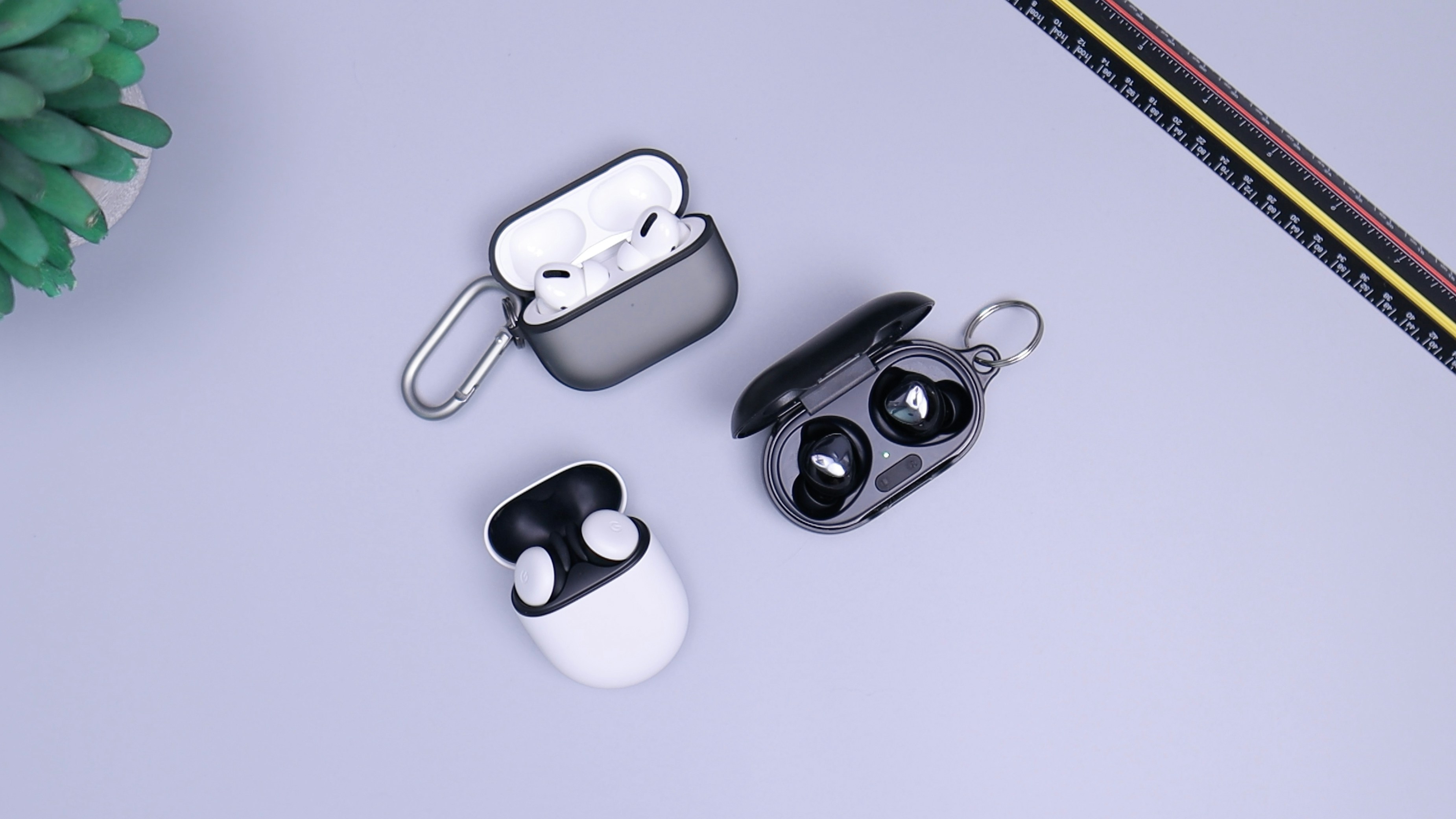Open ear earbuds are revolutionizing personal audio by delivering sound without blocking your ear canal. With the rise of bone conduction and advanced air conduction designs, you can enjoy music, calls, and podcasts while staying aware of your surroundings. In this guide, we’ll explore how open ear earbuds work, their proven benefits, common questions, ideal use cases, and the key features to consider when choosing your next pair.
How open ear earbuds work (Bone conduction & Air conduction)
Open ear earbuds use two primary technologies:
Bone Conduction: Transducers rest on your cheekbones, sending vibrations directly to the inner ear. This leaves the outer ear open, maintaining situational awareness.
Air Conduction “Open-Fit”: Drivers sit just outside the ear canal, projecting sound into the ear while still allowing ambient noise.
Both approaches eliminate in-ear occlusion, reducing ear fatigue and enabling safe listening in traffic or crowded environments.
Benefits & Usage statistics
Recent surveys and market reports highlight the surge in open ear adoption:
Market growth: 28% CAGR for bone conduction headphones from 2021–2025.
User satisfaction: 87% of open-ear users report improved safety during outdoor workouts.
Hearing health: Studies show a 30% reduction in long-term hearing damage risk compared to in-ear buds at comparable volumes.
These figures demonstrate why fitness enthusiasts, commuters, and professionals are switching to open ear designs.
Top FAQs and concerns
Do they leak sound?
Yes, air-conduction models can be heard by nearby listeners at high volumes; bone conduction leaks less.
How’s the audio quality?
Modern drivers deliver clear mids and highs; bass can be lighter than sealed earbuds.
Are they water-resistant?
Many sport-oriented models offer IP55–IP67 ratings, safe for sweat and light rain.
Battery life?
Expect 6–10 hours per charge, depending on model and usage.
Comfort & Fit?
Most weigh under 30g and feature adjustable headbands or ear hooks for secure wear.
Best use cases and activities
Outdoor running & cycling: Stay alert to traffic and surroundings.
Office & remote work: Monitor co-workers or family while listening to calls.
Driving & commuting: Keep ears free for horns and announcements.
Hands-free video calls: Clear voice pickup without sealing off ambient noise.
Hearing-impaired listeners: Many bone conduction users with outer-ear issues find improved clarity.
Buying guide: What to look for
Technology type: Bone vs. open-fit air conduction.
Sound quality: Frequency range and driver specs.
Fit & comfort: Adjustable bands, weight, materials.
Battery & charging: Total playtime and quick-charge features.
Durability: IP rating and build quality.
Connectivity: Bluetooth version, multipoint pairing, codec support (AAC, aptX).
Extras: Built-in mic quality, onboard controls, companion app.
Conclusion
Open ear earbuds blend safety, comfort, and clear audio by keeping your ears open to the world. Whether you’re a runner, commuter, or hybrid worker, understanding their technology, benefits, and key features will help you choose the perfect pair.







